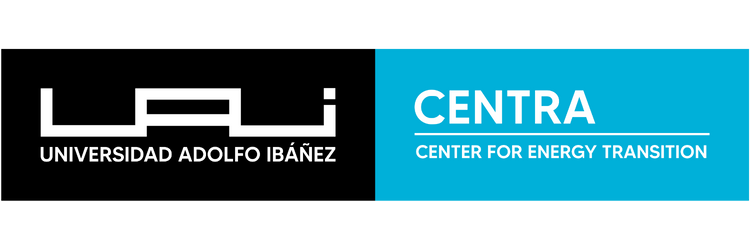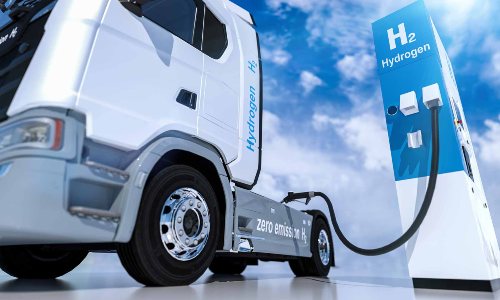Trucks with clean technologies are slowly becoming a reality in Chile
July 28, 2025
Currently, the large-scale adoption of electric or hydrogen-powered trucks for long-distance routes in Chile faces significant challenges. The main barrier is the lack of charging and refueling infrastructure. However, over time, this shift will clearly contribute to the sustainability of the transport sector.
Chile, with its vast geography and extensive routes, presents unique challenges for freight transport. In this context, the electrification of the sector and the adoption of hydrogen-based technologies are emerging as promising alternatives to achieve sustainability and modernize long-haul freight transportation.
According to the “June 2025 Report on Sales of Zero and Low Emission Vehicles” by the National Automotive Association of Chile (ANAC), “the truck sector added 11 new units in June and 48 units registered so far this year, representing a 9.1% increase. Of this total, 22 electric trucks belong to the ‘heavy’ category, that is, Class 8; while 23 are ‘medium’ trucks, used in various productive operations or within the national logistics chain.”
Nevertheless, the mass adoption of electric or hydrogen-powered trucks for long-haul routes in Chile still faces major hurdles. Luis Gutiérrez, academic and researcher at the Center for Energy Transition (CENTRA) of the Faculty of Engineering and Sciences at Universidad Adolfo Ibáñez (UAI), points out that “the main challenge for mass adoption of electric trucks is undoubtedly the lack of adequate charging infrastructure. This means high-power stations of around 200 kW, considering that these trucks have batteries of around 300 kWh or more, and with several charging points to accommodate multiple trucks simultaneously. This requirement also represents a significant demand on the electric distribution network, which is not currently designed to support such large clients, so it must be upgraded, notably increasing the private investment required in charging points and implementation times. A similar situation occurs in mining operations, where the electric grid is sized for current needs and does not account for the electrification of heavy machinery.”
High Investment
Meanwhile, Ricardo Burdiles, professor at the AIEP School of Engineering, Energy and Technology, lists the main issues preventing the widespread adoption of electric and hydrogen trucks in the country:
-
Green hydrogen production is still incipient: there is currently no mature and sustainable production and distribution network.
-
High initial investment is needed: at this stage, the cost of acquiring vehicles and related technologies is high.
-
Lack of infrastructure: there is currently a scarce network of high-power charging stations and hydrogen refueling stations for trucks.
-
Limited range: especially in electric trucks, which restricts long routes without recharging.
-
Insufficient training: there is still limited technical education for mechanics and drivers to operate and maintain this technology.
Therefore, electric and hydrogen-powered trucks are undoubtedly a real and necessary solution for Chile in terms of sustainability and long-distance freight transportation. While the short term presents significant challenges, the medium and long term offer a scenario where technological maturity, infrastructure development, and an adequate and incentivizing regulatory framework will position these technologies as the future of heavy transport in our country. The transition will not be immediate, but the direction is clear, and the environmental and economic benefits are too important to ignore.

